Equipment Pricing is Determined by Manufacturing Costs
Manufacturing costs vary from item to item depending upon many factors. These include, but are not limited to: engineering costs, materials for the product, amount of manual labor required, the cost of that manual labor, whether or not automation lends itself to the manufacturing process or to only certain parts of the process, quality control costs, product testing costs, marketing and sales costs, administrative overhead costs, cost of the machines, tools, and instruments needed in the manufacturing process, the upkeep for maintenance on those assets, etc. Hmmm . . . thinking about it in this detail makes you wonder how some products can be sold at retail so cheaply! The answer: resource and supply chain controls to drive costs down as well as the cost benefits of volume to sell at lower profit margin in order to be competitive while still making a healthy bottom line.
Calibration Service Costs are Determined by the Calibration Process
Completely separate from this manufacturing process is the calibration of your instrumentation used in your manufacturing or service industry. While some of this can be automated, the largest cost for a cal lab is the labor & assets. And even though some calibrations can be batched to calibrate 5 or maybe even 10 similar items at once, it doesn't lend itself to the mass production for manufacturing of an instrument. So it occasionally happens that an instrument, such as a stopwatch, liquid-in-glass thermometer, or ruler can be mass produced and sold at retail for a price less than the costs associated with calibrating that instrument. Recognizing that the two are not related is the first step in understanding why one doesn't affect the other. And the same rationale applies to the Original Equipment Manufacturer (OEM), if they offer calibration services for their products. The only difference may be that the OEM might be willing to take a loss on the calibration in order to get the sale on product. But they have to be profitable overall or they would not stay in business!
The Cost (Risk) of Not Calibrating Exceeds Both
The purpose of calibration is to ensure that the decisions you make about your product/service do not result in false acceptance (consumer risk) or false rejection (producer risk) of your product/service, which leads to cost and safety outcomes. Understanding that recalibration of your instrument lets you evaluate how the instrument was performing when you had made those quality decisions should signify the importance of recalibration and that you can't just throw away the instrument at the end of its cal interval and replace it with a new one because it's cheaper to do so. You would be throwing away your measurement traceability, never knowing whether the instrument was outside of acceptance limits, leading you astray on product acceptance decisions all the while. Close that traceability loop by having your instruments calibrated. Otherwise it may cost you more than you think you've saved!
For more on this topic, see Transcat's webinar: Calibration's Role in the Manufacturing Jigsaw Puzzle




